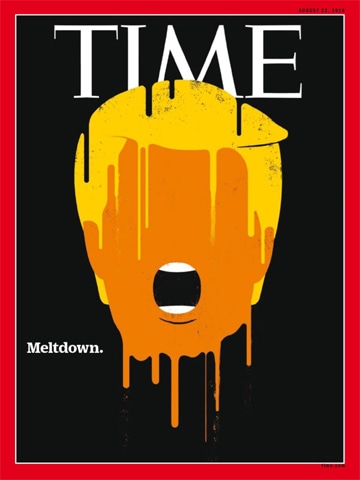Trump utilised his first year in office confronting his own Republican party members sitting in the House of Representatives and the Senate. He engaged in a constant tug of war with the media specifically over Muslim and immigrant bashing; he espoused an anti-environment rhetoric and expressed chagrin against Obamacare — a healthcare scheme to provide affordable health facilities to the poor and vulnerable sections. Instead, his tax cut proposals benefitted the rich, and American defence expenditures raised to 700 billion dollars were at the cost of social security, Medicare and Medicaid.
Foreign policy has not been Trump’s forte to put it mildly. In his inaugural speech he said: “For many decades, we’ve enriched foreign industry at the expense of American industry; subsidised the armies of other countries … and spent trillions and trillions of dollars overseas while America’s infrastructure has fallen into disrepair and decay.” Within eight months after assuming office, however, in his policy speech on South Asia on August 22, 2017, Trump changed his mind about withdrawing American forces from Afghanistan. By proposing long-term US military commitment in Afghanistan and enhancing America’s defence budget, Trump negated his own commitment to the American people.
January 20 marks a year since Donald J. Trump assumed office as the 45th president of the United States. It has been a year of controversy, ridicule and American decline
With a debt of 0.1 trillion dollars owed by the US federal government and a defence budget of 700 billion dollars passed by the Senate, it is not possible for the Trump administration to spend adequate resources on modernisation of infrastructure. Unemployment and poverty were yet more civic issues that were dealt with abysmally. Middle and lower middle-class American voters who elected the multi-billionaire as their leader should have questioned why he would support them instead of benefitting those belonging to his class — which he did by presenting a 1.5 trillion dollars tax-cut plan for Congress.

A wave of resentment and discontent against the policies of the Trump administration prevails across the US. The widespread rejection by Americans for Trump continues and protest marches across America, particularly by women also indicate strong dislike for him. Amidst such a hostile background, Trump had to assert after taking oath: “I am the President.” In August last year, dozens of protests marches took place in Charlottesville, Virginia against the city’s plan to tear down Confederate monuments, particularly a statue of Confederate Gen Robert F. Lee. In one incident, a white supremacist drove his van into a counter-protesting crowd. President Trump’s lukewarm condemnation of the incident sparked widespread protests against his racist inclinations.
On the issue of tax cuts which is termed as reforming American economy, Trump is facing severe criticism. For instance, as mentioned in December 8, 2017 issue of The Guardian Weekly in its report entitled, “Tax cuts race through Senate” Senate Democratic Party leader Chuck Schumer laments that, “The Republicans have managed to take a bad bill and make it worse.” Mitch McConnell, the Republican Party leader in the Senate defended the tax bill, stating, “We have an opportunity now to make America more competitive, to keep jobs from being shipped offshore and to provide substantial relief to the middle class.”

In reality, with a trade deficit of 500 billion dollars in 2016, a federal debt of 20.1 trillion dollars, defence expenditures of 700 billion dollars and proposed tax cuts of 1.5 trillion dollars, Trump’s vow to bail out the middle-class and revitalise American economy by expanding exports is nowhere close to reality. Despite Trump’s resolve to bring back jobs and American offshore companies, no significant change has taken place in the US balance of payments. Balancing the budget, which was done in the second term of President Bill Clinton, is unthinkable during Trump’s era.
History reveals that fiscal deficit and defence expenditures have always sharply increased during Republican administrations. Trump is only perpetuating the antecendent which bodes to make the lives of an ordinary American miserable. Second, there is more negative than positive transformation of America as far as the world is concerned. Trump’s poor performance during his tour of Europe, the Middle East and East Asia made it clear that there is a serious image problem as far as Trump is concerned. His decision to shift the American embassy from Tel Aviv to Jerusalem caused an international uproar as not only Arab-Muslim countries but also US allies in the West refused to endorse such a policy. With just one decision he deepened a sense of alienation and hostility prevailing in the Arab-Muslim world against the US. This month he brazenly declared African nations, Haiti as well as El Salvador as “s***holes”. The statement elicited formal reproach.

Comments
Post a Comment